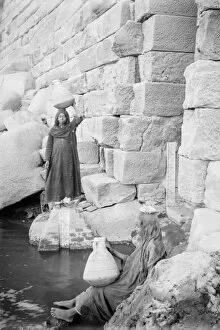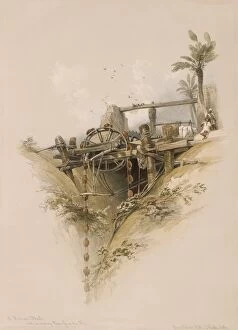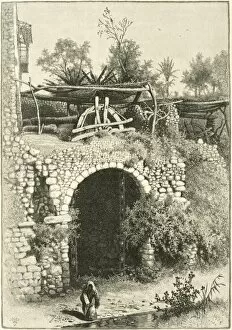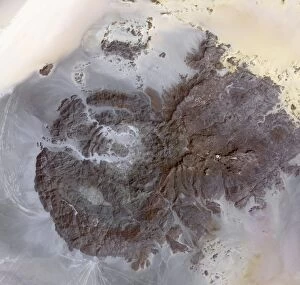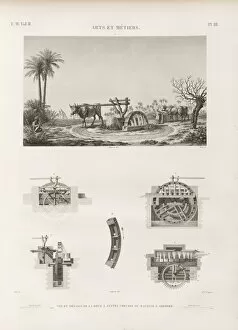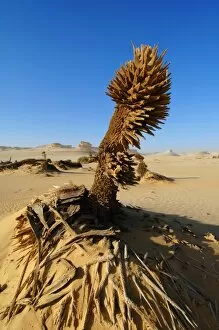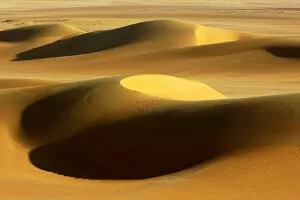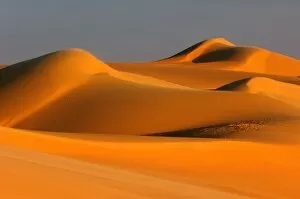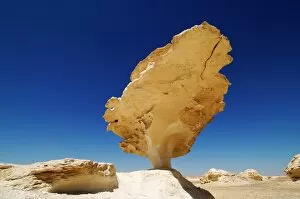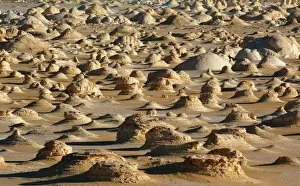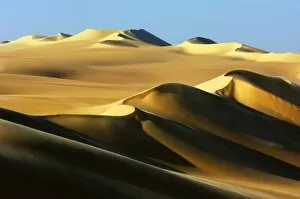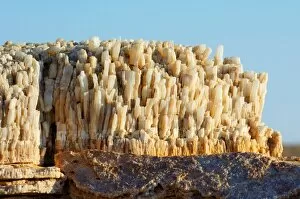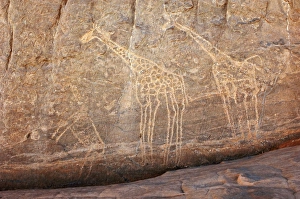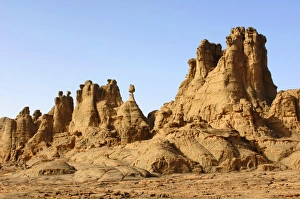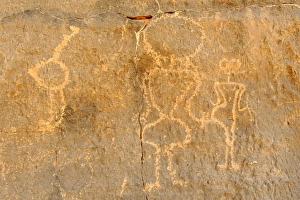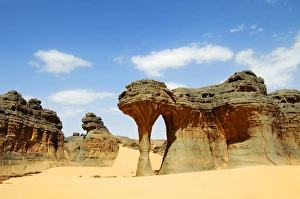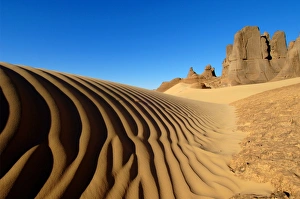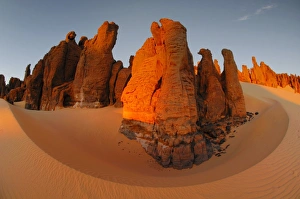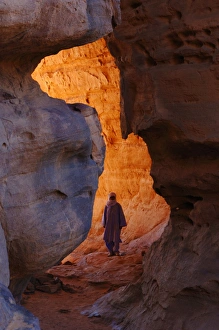North African Collection (page 94)
"Exploring the Rich Cultural Tapestry of North Africa" From ancient Coptic art to breathtaking landscapes
All Professionally Made to Order for Quick Shipping
"Exploring the Rich Cultural Tapestry of North Africa" From ancient Coptic art to breathtaking landscapes, North Africa is a treasure trove of history and natural wonders. In Egypt, the 7th-century painting on wood showcases the intricate beauty of Coptic art, depicting Christ and Abbot Mena with remarkable detail. Moving forward in time, we encounter Saint John Climacus at the top rung of his Ladder of Heavenly Ascent in a late 12th-century icon. This depiction highlights the spiritual significance that Mount Sinai held for this revered abbot. Venturing outside Egypt's borders, we find ourselves captivated by a bas-relief of the Goddess Sekhmet at the Temple of Seti I in Abydos. This awe-inspiring artwork serves as a testament to ancient Egyptian mythology and their reverence for powerful deities. Shifting gears to more contemporary imagery, an American cartoon from 1882 portrays England as an octopus-like figure symbolizing imperialism. The Devilfish in Egyptian Waters reminds us of historical tensions between nations and their quest for dominance across continents. Nature's marvels also grace this diverse region. Goats perched upon trees in Morocco showcase nature's ingenuity while adding charm to its picturesque landscapes. Meanwhile, Marrakech's Jardin Majorelle offers respite amidst vibrant flora and tranquil blue hues. For those seeking luxury accommodations with historical significance, Mena House Hotel stands tall against Giza's backdrop near Cairo. Its timeless elegance has welcomed guests since its inception. Egypt continues to mesmerize with statues like Ramses II seated proudly within Luxor Temple's Court—a testament to pharaohs' grandeur eternally preserved through stone craftsmanship. As day turns into dusk over Cairo's horizon, witnessing all three Great Pyramids basking in sunset hues becomes an unforgettable sight—an experience that connects us directly with ancient civilizations' architectural prowess.



